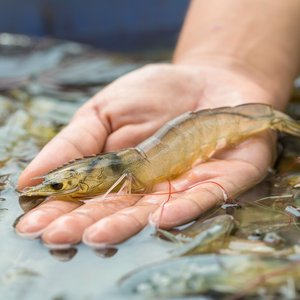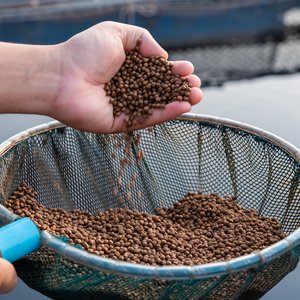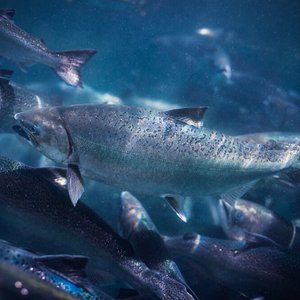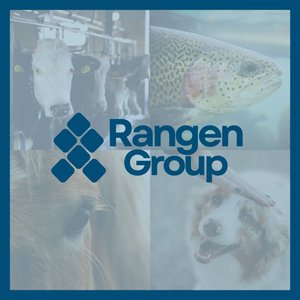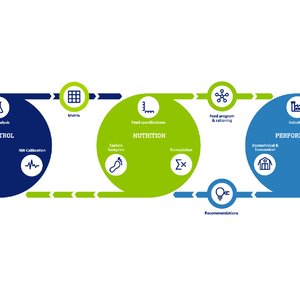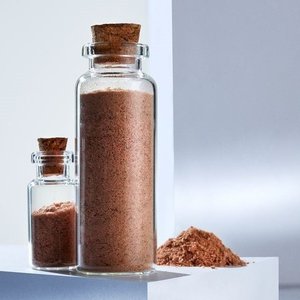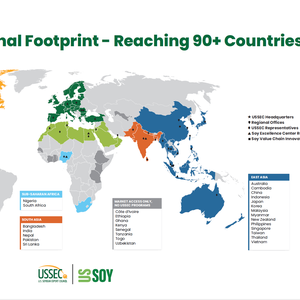Skretting entered the Indian market in 2023 with a feed mill in Mangrol, Surat, and a production capacity of 50,000 tonnes per year. The company has since doubled its market share to 2% in the past year.
With the U.S. as India’s primary shrimp export destination, ongoing tariff disruptions could result in the loss of one of its most important markets. Experts predict a 10-15% drop in production this year due to market volatility. However, Saurabh Shekhar, general manager of Skretting India, told Aquafeed.com during the USSEC Aqua Talks in Sri Lanka that he does not expect the situation to significantly worsen. The Indian government is actively negotiating with the U.S. and other trade partners, and has already signed a Free Trade Agreement (FTA) with the UK.
Despite global uncertainty, India’s domestic shrimp market has major untapped potential. While India is a significant shrimp exporter, local consumption remains low. In response, Skretting recently launched Shrimp-a-Thon, an awareness campaign focused on increasing domestic shrimp consumption and promoting shrimp as a high-quality protein source, not a well-known fact in India. The event was held at Vishnu College in Bhimavaram.
The initiative was supported by several partners, including Right to Protein, a campaign aimed at educating the public about the importance of adequate protein intake for better nutrition, health, and well-being. Right to Protein is backed by like-minded organizations, institutions, academicians, professionals, and individuals, and is exclusively driven by the U.S. Soybean Export Council (USSEC).
“There are many myths around shrimp consumption in India. Even if just 1% of our population starts eating shrimp, the industry wouldn’t be able to meet that demand using only locally produced shrimp. Now is the time to promote shrimp as a healthy protein, instead of complaining about international tariffs,” said Shekhar.
“Shrimp-a-Thon may be a small initiative, but it addresses a challenge that few are focusing on. Everyone is doing their part in isolation, and some might argue it is not the job of feed millers to run such campaigns. But someone has to take the lead. Skretting may not be a consumer-facing brand, but we can support the entire value chain—because ultimately, we need each other to survive and thrive,” he added.
Soy supply concerns
One of the ongoing challenges for feed manufacturers in India is sourcing key raw materials, particularly soy.
Although India produces soy domestically and had a surplus a few years ago, recent agricultural growth has stagnated at around 2-2.5%, while livestock and aquaculture have grown 6-8%, creating a deficit.
India has traditionally restricted the import of genetically modified (GM) soybeans and soybean meal, which directly affects U.S. Soy imports. However, temporary exceptions were made in 2021 and 2022 to counter high domestic prices and support the livestock sector. These exceptions were short-term and not permanent policy shifts.
“U.S. Soy is the best source—it has already proven itself in neighboring countries,” said Shekhar. “The challenge is that the government’s hesitation is politically motivated. Approving U.S. Soy would make the market more competitive and reduce costs.”
Health: The industry’s biggest challenge
Aside from trade and raw material issues, health remains the biggest concern for Indian aquaculture farmers. Diseases such as EHP (Enterocytozoon hepatopenaei) and white spot syndrome pose major threats.
“The key differentiator in India will be the adoption of technology like Skretting 360+ to keep ponds clean and avoid overfeeding or underfeeding. We also need strong preventive measures, robust biosecurity, and nutritious diets to build resilience,” Shekhar explained.
“Skretting 360+ is a comprehensive package that includes innovative tools and services to optimize feeding, farm management, and health. It made a significant difference in Ecuador, and we are confident we can replicate that success in India with proper localization,” he said.
“We need to go back to basics—that’s what we’re working on with our technicians. Farmers sometimes push production, which can unfortunately end up being counter-productive,” said Shekhar.
India has a vast coastline, with most aquaculture operations based on the eastern coast. “The western coast has a big coastline, and introducing monodon (black tiger shrimp) farming there presents a new opportunity,” he added.
“The right combination of awareness, healthy diets, technology, and species diversification will help us overcome health challenges and make the industry more efficient and profitable,” Shekhar concluded.



